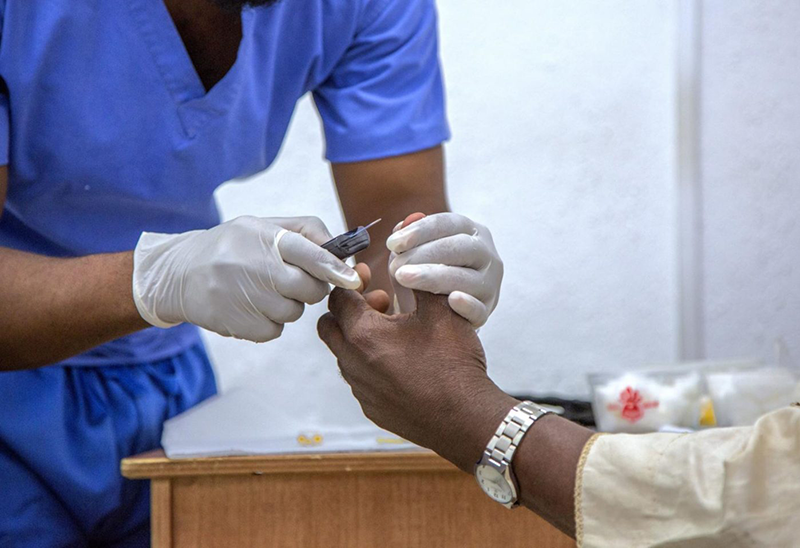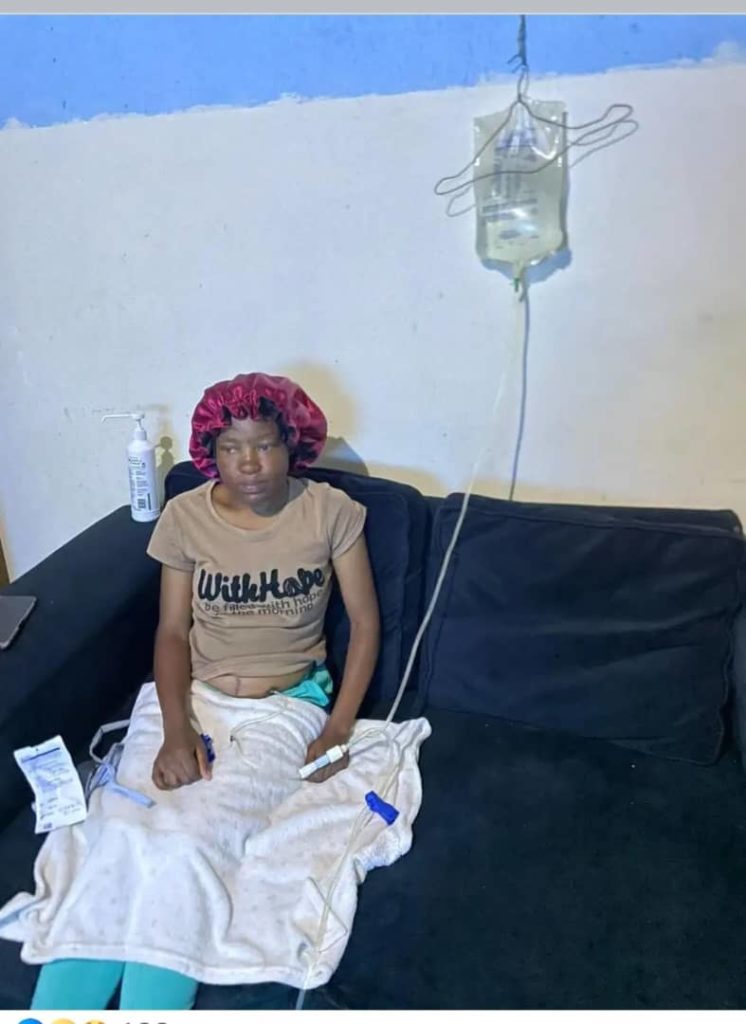- Featured
- No Comment
Zimbabwe struggles with rising diabetes – and lack of data

By Jeffrey Moyo
HARARE: Ten-year-old Tadisa Sayi already contends with diabetes and when his blood sugar levels spike his mother, Naume Shereketo, endures the mood swings induced by his condition.
Three years ago, Shereketo, a single mother of two, discovered the root cause of her son’s misery during a severe bout of illness.
“It was in 2021 when I discovered. He was weak and vomiting. When I went to the hospital with him, doctors told me he was diabetic,” Shereketo told Health Policy Watch.
“He always says: “Mama, I’m weak’, and some other time he is harsh,” said Shereketo.
Shereketo, a vegetable vendor on the streets of Harare, faces ballooning costs to attend to her son’s special dietary needs.
She struggles to provide the specific foods required for her son’s health. For Sayi, a grade four learner, fruit, vegetables, milk and high-fibre foods, have become a regular but costly part of his diet, costing his mother between $60 and $80 monthly.
Shereketo is puzzled about her son’s diabetes. No one else is diabetic in her family or the boy’s paternal side.
Dr Life Zambezi, the boy’s doctor, confirmed that Sayi had Type 1 diabetes, and said that this can be challenging to manage in young children due to limited support groups and the difficulty of maintaining strict insulin routines.
Type 1 diabetes, which causes glucose (sugar) in one’s blood to become too high, happens when a person’s body cannot produce a hormone called insulin that controls blood glucose.
According to Zambezi, many diabetic children end up with complications in early adulthood.
Poor management results in adult complications

One such case is Tariro Chiripanyanga. The youngest of four siblings, Chiripanyanga was diagnosed with type one diabetes at the age of 10.
Today Chiripanyanga is facing severe complications, including end-stage kidney disease, although she is only 30 years old.
“I was still too young to understand what it meant or how it would affect my life, but that’s when my life changed forever,” said Chiripanyanga.
Apart from living with diabetes since childhood, Chiripanyanga was diagnosed with kidney disease six years ago. She needs $30,000 for a kidney transplant, a financial burden neither she nor her family can bear.
“My life depends on peritoneal dialysis which costs $1,750 monthly. I depend on dialysis until I can get money for a transplant which costs an estimated $30,000 in India,” Chiripanyanga told Health Policy Watch.
Chiripanyanga’s diabetes has already led to partial blindness, forcing her to drop out of university.
Insulin’s exorbitant prices have made life miserable for people living with diabetes, causing many to miss out on essential medication, according to Zambezi.
Changes in diet cause rise in Type 2 diabetes
Like most African countries, non-communicable (NCDs) diseases are increasing in Zimbabwe and children are increasingly affected, according to the UN children’s agency, UNICEF.
In 2022, UNICEF, supported by Elli Lily, launched an initiative in five countries including Zimbabwe, to focus on NCD prevention, detection, treatment and support.
Zimbabwe’s Ministry of Health received a $2.5 million grant to educate community health workers and increase support and understanding of various NCDs including diabetes in children.
Children like Sayi are often only diagnosed only when they have gone into a diabetic coma.
“NCDs in children result from a combination of genetic, environmental and behavioural factors,” Health and Child Care Deputy Minister Dr John Mangwiro explained at the launch. “When a young child is diagnosed with a non-communicable disease, this implies long-term treatment.”
Zimbabwe’s children are also increasingly being diagnosed with type 2 diabetes, which is generally associated with adults, according to Zambezi, as a result of sedentary lifestyles, obesity and unhealthy eating habits,
“Of late, children are also getting Type 2 diabetes, mainly caused by the changes in lifestyle. There is a rise in poor eating habits among children. In most cases they eat processed and unhealthy food leading to childhood obesity and eventually type 2 diabetes,” said Zambezi.

Lack of data
Approximately 422 million people worldwide suffer from type 2 diabetes, the majority living in low- and middle-income countries, and the disease kills 1.5 million people every year, according to WHO.
However, finding accurate recent data about the scale of diabetes in Zimbabwe, a country with 17 million citizens, is a challenge.
There are 106,400 adults with diabetes in Zimbabwe, according to the International Diabetes Federation (IDF), an umbrella organisation of over 240 national diabetes associations in 160 countries and territories globally.
IDF’s local member, the Zimbabwe Diabetic Association, says that 10 out of every 100 people had diabetes, including children, by 2017.
A meta-analysis of seven studies conducted in 2014 found that, prior to 1980, the prevalence of diabetes was 0.44 %, while after 1980 the prevalence was 5.7 %. By 2018, prevalence was estimated at 8.5%. Zimbabwe had the third highest estimated per-person cost of diabetes care in sub-Saharan Africa by 2016.
By 2021, over 100,000 diabetes-related consultations were recorded in hospital outpatient departments that year in a population of 17 million, which is the most recent figure Health Policy Watch could find.
